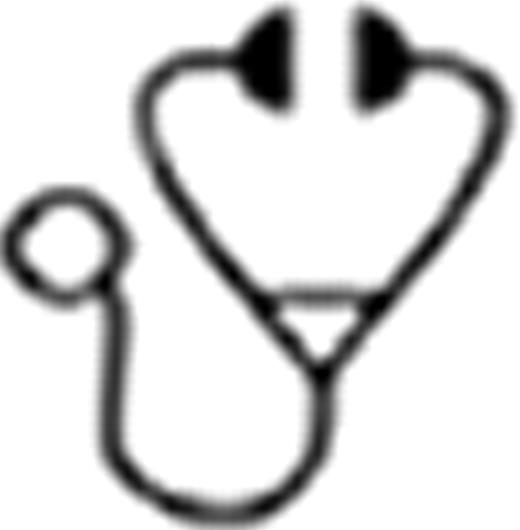Abstract
We previously reported the use of fludarabine, cyclophosphamide and rituximab as a nonmyeloablative allogeneic conditioning for CLL and non-Hodgkin's lymphomas (Khouri et al, Blood 2008;111:5530). Bendamustine is a novel compound which was found to be effective in pts who were refractory to alkylating agents. In order to improve outcomes in nonmyeloablative stem cell transplantation (NST), we substituted cyclophosphamide with bendamustine in the conditioning. Methods: Bendamustine was given iv in an escalated dose of 70, 90, 110, 130 mg/m2 daily on days −5 to - 3 prior to NST, together with 30 mg/m2 of fludarabine given on the same days. Rituximab was given at a dose of 375 mg/m2 on day –13 and 1000 mg/m2 on days −6, +1, and +8, as previously described. Tacrolimus and methotrexate was used for GVHD prophylaxis. In addition, thymoglobulin of 1 mg/kg was given on days −2, and −1 in pts receiving an unrelated donor. Results: The study included 23 pts [Mantle cell=9, CLL=6 (2 with 17p- and 1 Richter's), Follicular =4, Diffuse large cell =3]. All pts had relapsed disease after the best conventional therapy (-ies) available. Median age was 60 (range, 30–70) years. Median prior treatments was 2 (range, 1–5); 3 pts (13%) had failed a prior autotransplant. At NST, 11 pts (48%) were in CR, 7 (31%) in PR, 1 (4%) induction failure/sensitive, and 4 pts (17%) had refractory disease. Fifteen pts (65%) received their transplants from HLA-compatible siblings and 8 (35%) from unrelated donors. Continual Reassessment Method based on target toxicity at day 30 post NST was used for dose finding. The number of pts who received the 70, 90, 110, 130 mg/m2 daily doses of bendamustine were 2, 3, 3, and 15 pts, respectively. No dose-limiting toxicity was observed. Fourteen pts (61%) did not nadir to an ANC< 500; 3 pts did not require neupogen for ANC recovery; 19 (83%) did not experience a platelet count < 20,000/mm3. All pts engrafted donor cells. Median donor T cells at day 30 was 93%. Only one pt developed acute GVHD (it was grade 3); none had acute grade 2 or 4. Chronic extensive GVHD was observed in 2 of 22 (9%) evaluable pts. Fungal infection was the cause of the only death observed. Twenty pts (87%) achieved CR, 2 (9%) have ongoing PR, and 1 (4%) had SD. With a median follow-up time of 8 months (range, 3–25 months), the OS and PFS rates were 92% and 79%, respectively. Conclusions: Our results represent the first report to suggest that combining bendamustine at a dose up 130 mg/m2 daily × 3 days, together with fludarabine and rituximab is safe and constitutes a well tolerated conditioning for NST. We are treating pts with this regimen in the outpatient setting. The study is currently ongoing to assess its efficacy in a larger cohort of pts.
Khouri:Cephalon: Research Funding. Off Label Use: Bendamustine use in SCT.

This icon denotes a clinically relevant abstract
Author notes
Asterisk with author names denotes non-ASH members.

This feature is available to Subscribers Only
Sign In or Create an Account Close Modal